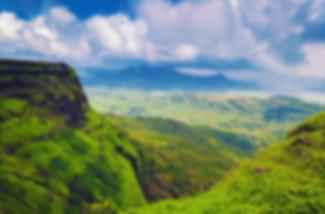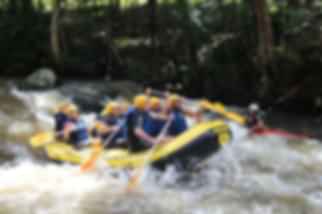Ranthambore National Park Itinerary: Explore The Wild
Author
Krishna Teja
Date of Publishing
November 3, 2022
Read
7 minutes

Ranthambore National Park is one of the notable traveller destinations in India. Many don’t realize that it filled in as the chasing place in ancient times for the Maharajas of Jaipur. Listed among the best National parks in Rajasthan for exploring the Royal predators, Ranthambore National Park has an incredible experience of nature, wilderness, and historical resemblance in itself. While at the Park, you can enjoy the nature around you and explore its magnificence, get some quality time, and enjoy camel and jeep safari. Here’s the Ranthambore National Park Itinerary!
Overview of Ranthambore Itinerary
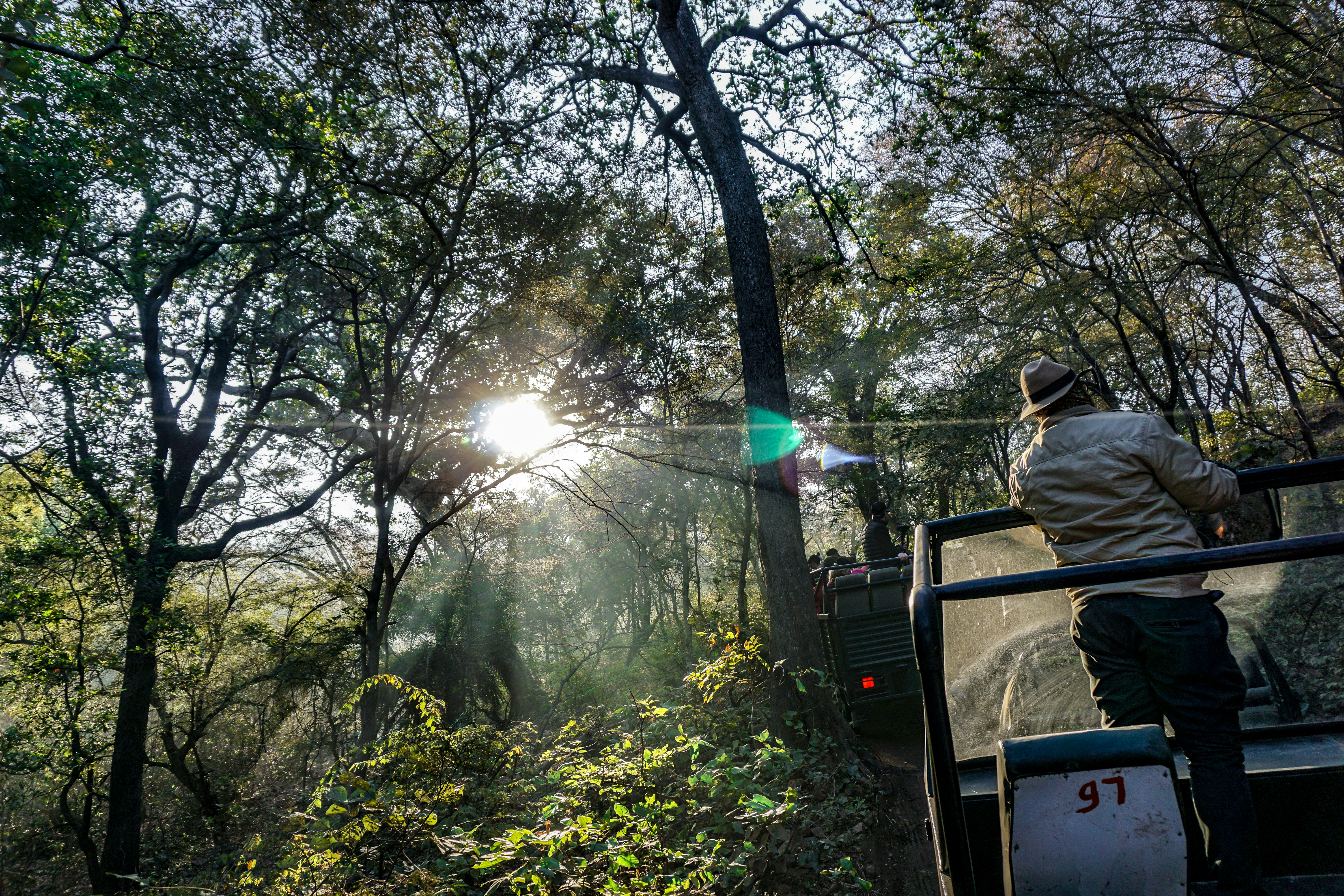
Jeep Safari in Ranthambore National Park
While a 3 days tour in Ranthambore can be interesting for all age groups, however children can enjoy a great deal on this one. The Wildlife Safari is just magnificent and an extraordinary encounter for everyone. The forest trek can be captivating and is unquestionably a lifetime experience. This tour will be beautiful and would bring in many memories with your loved ones.
You can book the Ranthambore Tour for a minimum of 3 days or more. But the going on a 3-day trip is the most recommended and travelled. The best thing to do would be to include it while on your Vacation to Rajasthan.
Also Read,
Top Things to do in Ranthambore – Explore the unique wildlife and culture
How to Reach Ranthambore National Park?
The distance from Jaipur to Ranthambore is 180 km and from Agra to Ranthambore is 280 km. Many visitors simply drive down to Ranthambore through Dasua or Tonk, yet the recommended way of transport is the train. The town called Sawai Madhopur is situated to the central Delhi where all the train connections are excellent and connected with all significant cities in India.
Best time to visit Ranthambore National Park
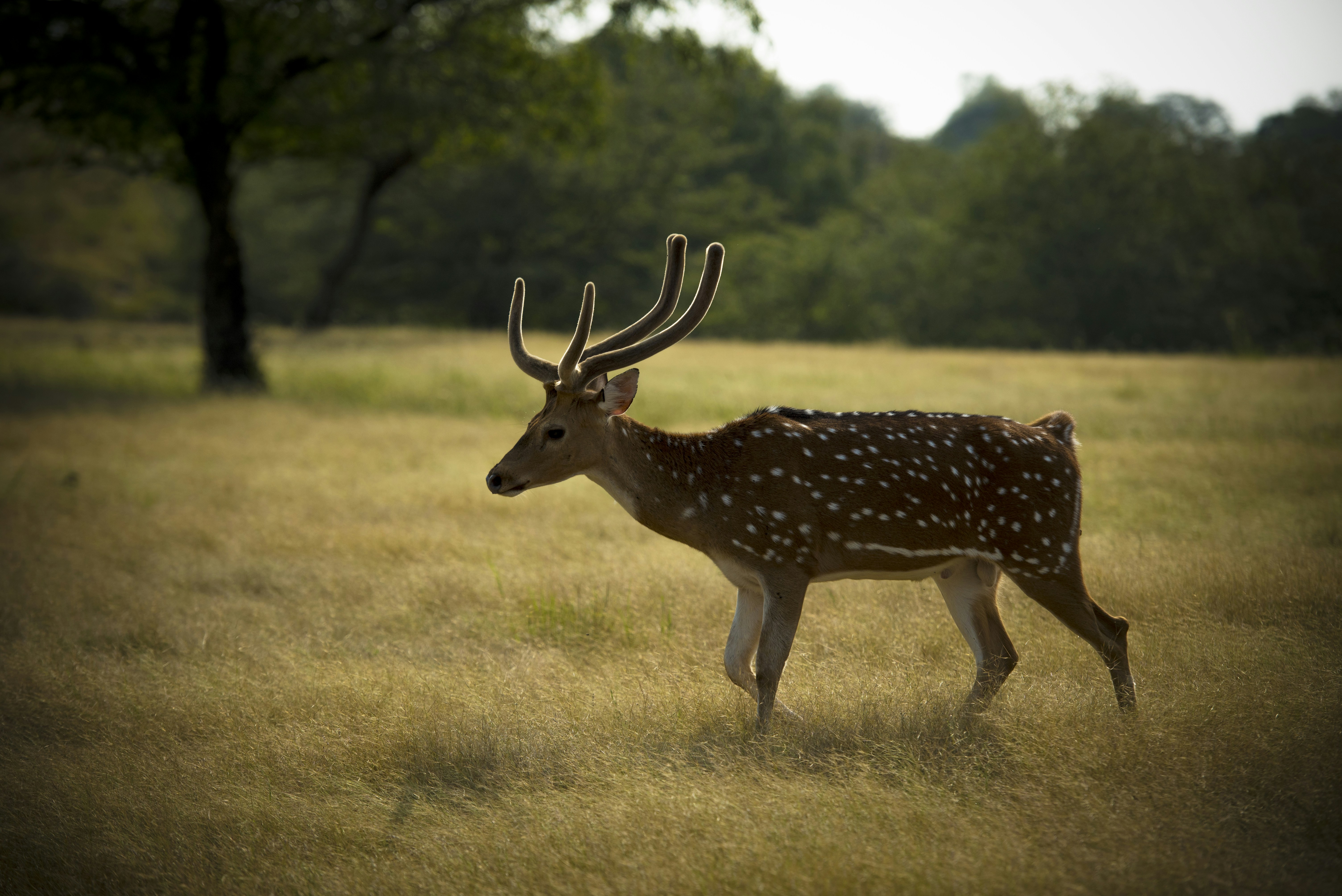
Deer Spotting in Ranthambore National Park
The best time to visit Ranthambore is from November to April. Ranthambore National Park and will be shut from July to September for guests as a result of the rainy season and is open from first October to 30th June.
Quick Note: Timings for morning Jungle safari are 6 am till 10 am and for night Jungle safari are 2:30 pm till 6:30 pm.
The best time to visit into the Wild would be when it isn’t too sunny, It is likely probable that animals would be deep inside the forest in search of shelter. You will be able to spot the wildlife to the best. In this way, the time that is best for Safari is early morning or late at night. In any case, nights are better in winters, and generally, it’s wiser to go for Safari in mornings. You can use jeeps or canters as per your choice. Both of the vehicles travel on similar tracks and offer an equal chance to you to see a natural life.
Also read: Top things to do in Ranthambore
Highlights of the Tour
- Enjoy the Wildlife Safari
- Go on a Camel Safari
- Visit the Lord Ganesha Temple.
- Explore the wilderness of Ranthambore National Park
Also Read,
Wildlife experience in India: Get ready to experience the best of wildlife
Day 1: Visiting the beautiful city – Ranthambore
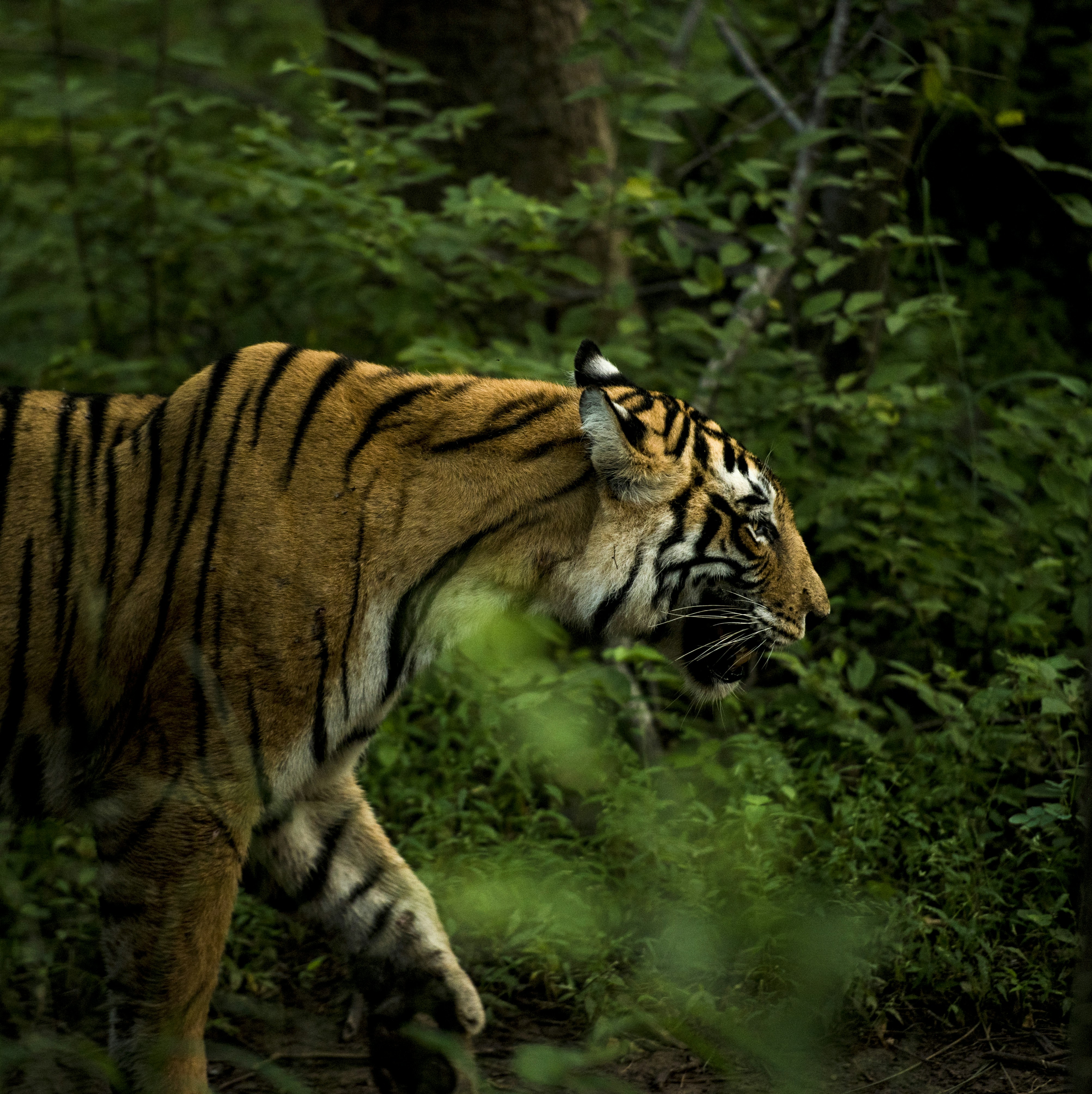
Tiger Spotting in Ranthambore National Park
This is the first day of your thrilling Wildlife experience. Our tour representative will greet you at the nearest Airport and transfer you to Ranthambore by road. The from Delhi to Ranthambore is 320 km, it will take around 6-7 hours. When you reach Ranthambore, check in to your hotel and get a little leisure till lunch. You can enjoy National park Safari from evening safari till night.
Day 2: The perks on Arrival
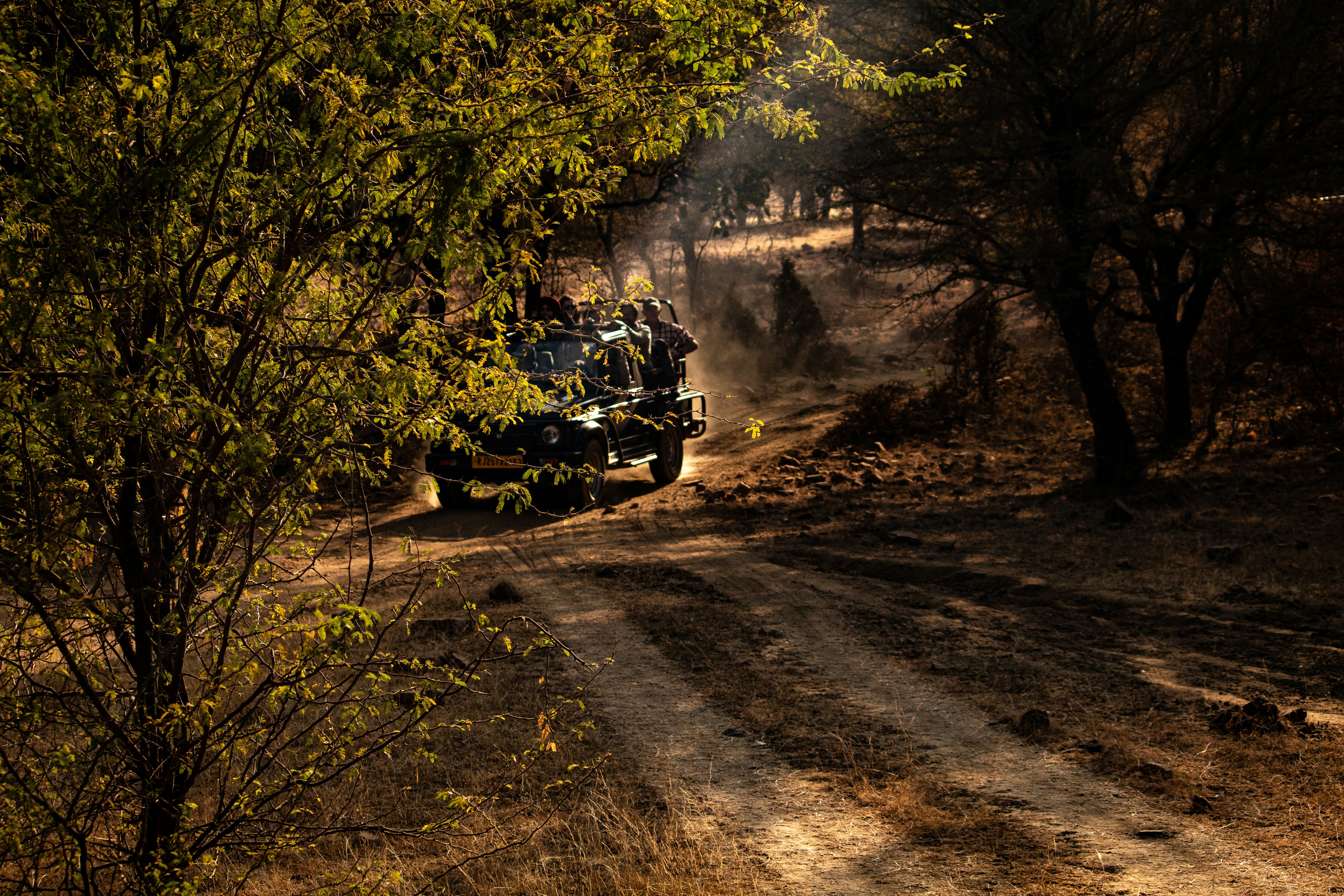
Jeep Safari in Ranthambore National Park
As Park opens up thirty minutes after sunrise, leave for having a safari in Ranthambore National Park. There is no other spectacular experience than having a sunrise view in the Wild. It is guaranteed that this day is your best day in Ranthambore National Park Itinerary. After you are finished with Safari, come back to the hotel and have a hefty breakfast. Make most of your time at your stay, and spend time with your loved ones by exploring within the Park. At evening, you can have nearby toured in Ranthambore like visiting Lord Ganesh Temple and Ranthambore sanctuary. In the wake of visiting the places, return to the hotel for a peaceful sleep.
Day 3: Create Memories
After you have had a heartful breakfast and complete your Check-out formalities. Post that, You will be driven back to Delhi, and there will be late night drop at Delhi. A memorable end to your Ranthambore National Park Itinerary. It is indeed a best weekend getaway from Udaipur which cant be missed.
Inclusions
- Hotel Stay
- Airport Transfers
- Sightseeing Tours mentioned
- Taxes
Exclusions
- Any personal expenses
- Lunch
- Dinner
- Meals apart from Breakfast
- Travel Insurance
- Anything other than mentioned in the inclusions
Get Packing with Pickyourtrail
Well, Be it a couple travelling or a Family trip to Ranthambore, It is all set for your vacation goals to Rajasthan. The sooner we book, the better deal you would be able to crack with Pickyourtrail. So, Why wait? Go, get into the Wild. Also, check out some of the best International packages at Pickyourtrail to embark on a hassle free trip aborad!
FAQ’s
If you plan a 3 or 4 days trip, it would be sufficient enough to explore the wild and to embark on jungle safari.
The Zone 3 is one of the prime zones in Ranthambore to spot tigers.
It is better to take 3 or 4 safaris in different zones at different timings.
Plan your visit between October to March.
If you are planning for a trip to Ranthambore, try choosing Zone 1 to 5 for jungle safaris, where you will have the highest chance of spotting tigers.
Indian Tourism Useful Resources
Andhra Pradesh Tourism | Uttarakhand Tourism | Sikkim Tourism | Andaman Nicobar Tourism | Rajasthan Tourism | Goa Tourism | Lakshadweep Tourism | Telangana Tourism | Meghalaya Tourism | Kashmir Tourism
Places to Visit Useful Resources
Places to Visit in Uttarakhand | Places to Visit in Goa | Places to Visit in Kashmir | Places to Visit in Rajasthan| Places to Visit in Sikkim | Places to Visit in Andaman Nicobar | Places to Visit in Meghalaya | Places to Visit in Andhra Pradesh | Places to Visit in Lakshadweep | Places to Visit in Telangana
Things to do Useful Resources
Things to do in Goa | Things to do in Andaman Nicobar | Things to do in Kashmir | Things to do in Lakshadweep | Things to do in Sikkim | Things to do in Meghalaya | Things to do in Rajasthan | Things to do in Uttarakhand | Things to do in Andhra Pradesh | Things to do in Telangana
Best Time to Visit Useful Resources
Best Time to Visit Kashmir | Best Time to Visit Andaman Nicobar | Best Time to Visit Goa | Best Time to Visit Sikkim | Best Time to Visit Rajasthan | Best Time to Visit Lakshadweep | Best Time to Visit Meghalaya | Best Time to Visit Uttarakhand | Best Time to Visit Andhra Pradesh | Best Time to Visit Telangana
Recommended articles for you
Discover Packages














